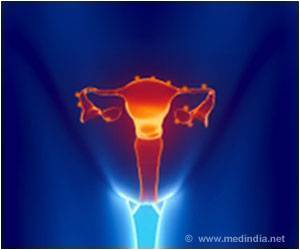Scientists from Barts and London Queen Mary’s School of Medicine, London has employed gene testing technology by using gene microarray to find the gene which is probably responsible for skin cancer.
Scientists from Barts and London Queen Mary’s School of Medicine, London has employed gene testing technology by using gene microarray to find the gene which is probably responsible for skin cancer. The study team has found a gene which on mutations leads to Basal cell carcinoma, which is the most commonest non-melanoma skin cancer occurring in 60,000 patients each year, causing 500 deaths yearly. By using this gene microarray technique it is possible to identify mutated genes specifically by screening thousands of genes. By finding the particular mutated gene it is possible to give treatment specifically, for treating the cause of cancer.
The gene chip array technique uses a microscope which screens thousands of genes to identify the patched gene or mutated gene which is responsible for causing cancer. The researchers said, “That 70% of basal cell carcinoma tumors - a type of skin cancer - had mutations in the patched gene, leading them to conclude it was probably the "first hit" in most cases and this new gene testing technique would help them to identify all the gene mutations that cause cancer, which would lead to starting treatments against the cause”.Dr Mark Matfield, scientific consultant for the Association for International Cancer Research, which helped to fund the study, said: "There are over 200 different types of cancer and each one is caused by a handful of key genetic changes. Professor John Toy, medical director of Cancer Research UK, said: "The interesting thing about this research is that it suggests a single gene plays an integral role in nearly all cases of basal cell carcinoma and unraveling how mutations in patched play a role in causing this common cancer will provide yet further insights into how cancers arise."
(Source: BBC News)











